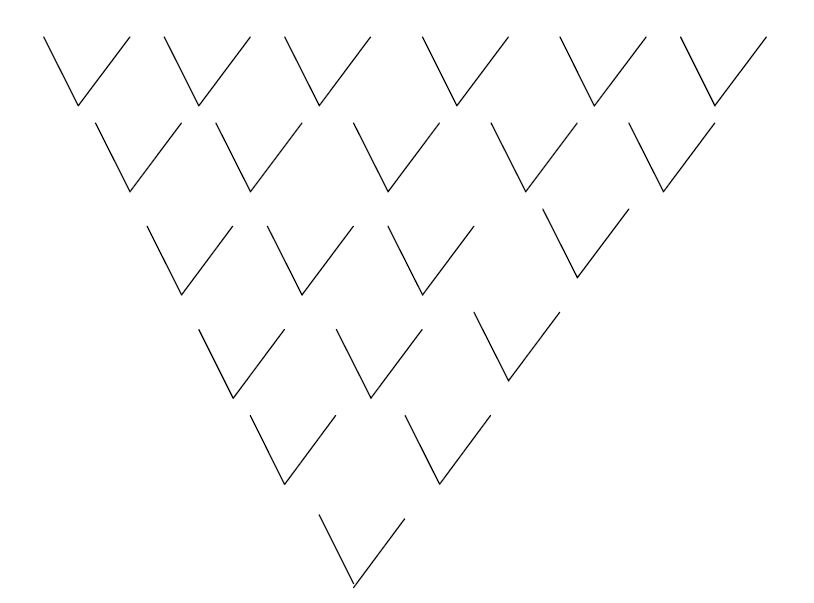original publication 04 May 26, 2007
Dr. Robert M. Dixon
This essay explains the procedure for using hand imprinters to restore vegetation or create new vegetation on degraded land–degraded by such processes as land desertification. Large rolling land imprinters were invented in 1976 and hand imprinters came soon afterwards. The design of hand imprinters has been evolving to better satisfy the definition of the imprinting process–wedging out a V-shaped depression with minimal soil disturbance and without soil surface inversion.
The current hand imprinter is simply a commercial lawn edger–a pole connected to a rectangular steel blade sharpened on the bottom side. This steel blade is pushed into a moist soil several inches deep and then the handle is rotated back and forth
to wedge out a 60o to 90o imprint. Start imprinting at the bottom of sloping land and then work backwards upslope staggering the imprints as you go. A one-foot spacing of the imprints is recommended.
Downslope

A triangular imprinting pattern is shown but any pattern that is appropriate can be used.
It’s important that the soil be moist at the time of imprinting to ease the penetration of the blade into the soil and to stabilize the V-shaped sidewalls of the imprint. If the soil sticks to the blade, it is too moist (wet). After the desired land area is imprinted, seeds can be hand or mechanically broadcasted (scattered). Another alternative is to scatter half of the seed before and half after imprinting.
Hand imprinters can be used for ecological weed control of exotic weeds by displacing them with later successional native species. More information available at http://www.imprinting.org/scientific_publications.htm
